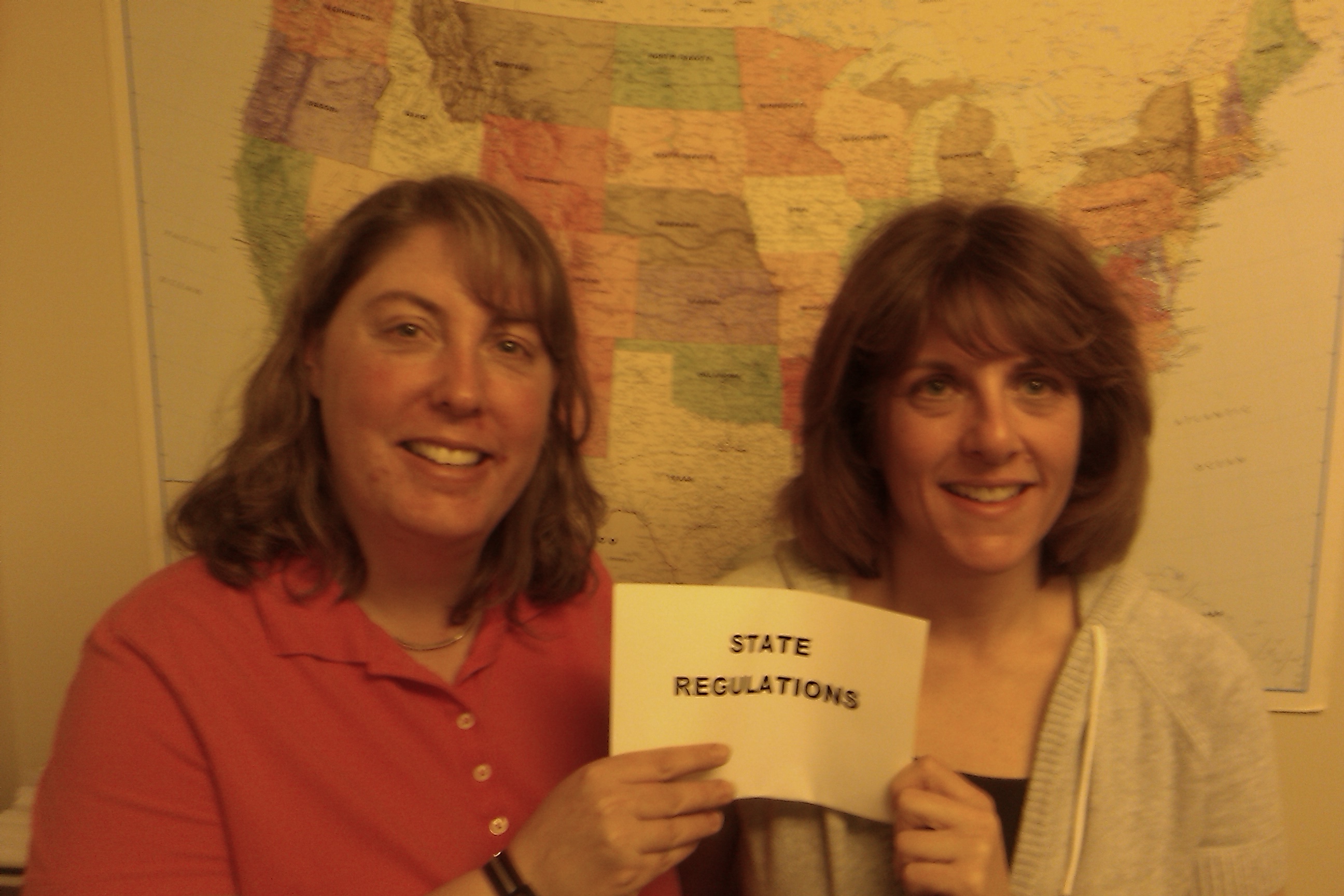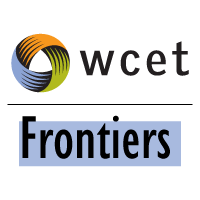Before we get to some great resources from SHEEO, NCHEMS, Ohio Learning Network, and UMassOnlne, we’ll address a question we have received often. Since the release of the second ‘Dear Colleague’ letter by the U.S. Department of Education, we have been asked about the meaning of the new deadlines. Can we wait?
Of course the answer is a simple “yes”……..and “no”…
For the U.S. Department of Education…
- Enforcement of the regulation has been delayed until July 1, 2014. This allows time for institutions to comply and for the creation of reciprocal agreements.
- Beginning July 1, 2011, institutions are supposed to demonstrate a ‘good faith’ effort to reach compliance in states in which they serve students. The elements of ‘good faith’ need further definition. The penalty, if any, for not demonstrating ‘good faith’ is unclear.
For the states…
- They expect that you are in compliance with their laws and regulations prior to enrolling the first student in that state. The actions of the federal government have no impact on the laws and regulations of the individual states.
So…on the one hand you have some time to research the regulations and comply. On the other hand…you are probably already out of compliance somewhere according to state laws.

In future blogs, look for more information about myths surrounding state authorization, recent changes to state regulations, and an update on reciprocal agreements. Meanwhile, below are several new and developing resources that we think will help you.
New State Regulator Contact List from SHEEO
Paul Lingenfelter, president of the State Higher Education Executive Officers, recently announced the completion of the updated “Preliminary Contact List of State Regulators.” (NOTE: as they update that link, it might change. If that happens to you go to SHEEO’s state authorization web site.) The new list improves upon the previous work of our “Starter List” (created by WCET, SREB, ADEC, and the University of Wyoming) by including:
- Complete contact information, including the postal address for each agency.
- Updated information on which institutions each agency authorizes.
- Information on Puerto Rico.
- Preliminary information on the other territories, protectorates, and government entities where students are eligible for U.S. federal financial aid is being researched.
Additional information from SHEEO can be found on their new state authorization web site.
Marianne Boeke (Marianne@nchems.org) and Stacey Zis (stacey@nchems.org) of the National Center for Higher Education Management Systems are performing the work for SHEEO. They said that they have received several updates since publishing this list. If you have corrections or updates to the list, please send that information to them. They will update the list about once a week.
SHEEO Survey under Development
SHEEO is developing a comprehensive survey on state authorization issues. According to Lingenfelter, the survey will ask “a variety of questions concerning state authorization including when authorization is required for each state and territory (e.g., private; public; not-for-profit; for-profit; degree; non-degree; institution wide; and/or by program).” It also includes several other questions that will be helpful to institutions seeking authorization. Megan Raymond and I are on the advisory board that is currently reviewing the questions and providing feedback.
Resources from Ohio and Massachusetts
George Steele, executive director of the Ohio Learning Network, and Ken Udas, chief executive officer of UMassOnline, recently shared great state authorization resources that their organizations have created:
- From Ohio, SAN-O: https://sites.google.com/site/stateauthorizationnetworkohio/
- From UMassOnline: https://confluence.umassonline.net/display/OBS/Higher+Education+Act+-+State+Authorization
This is great work by both organizations. I think you will find the information that they’ve collected to be very helpful.
Russell Poulin
Deputy Director, Research & Analysis
rpoulin@wiche.edu
Megan Raymond
Events Coordinator
mraymond@wiche.edu
State Approval page: http://wcet.wiche.edu/advance/state-approval
Twitter: @wcet_info State Approval Hashtag: #stateapp
Join WCET! Support our work on this issue.









